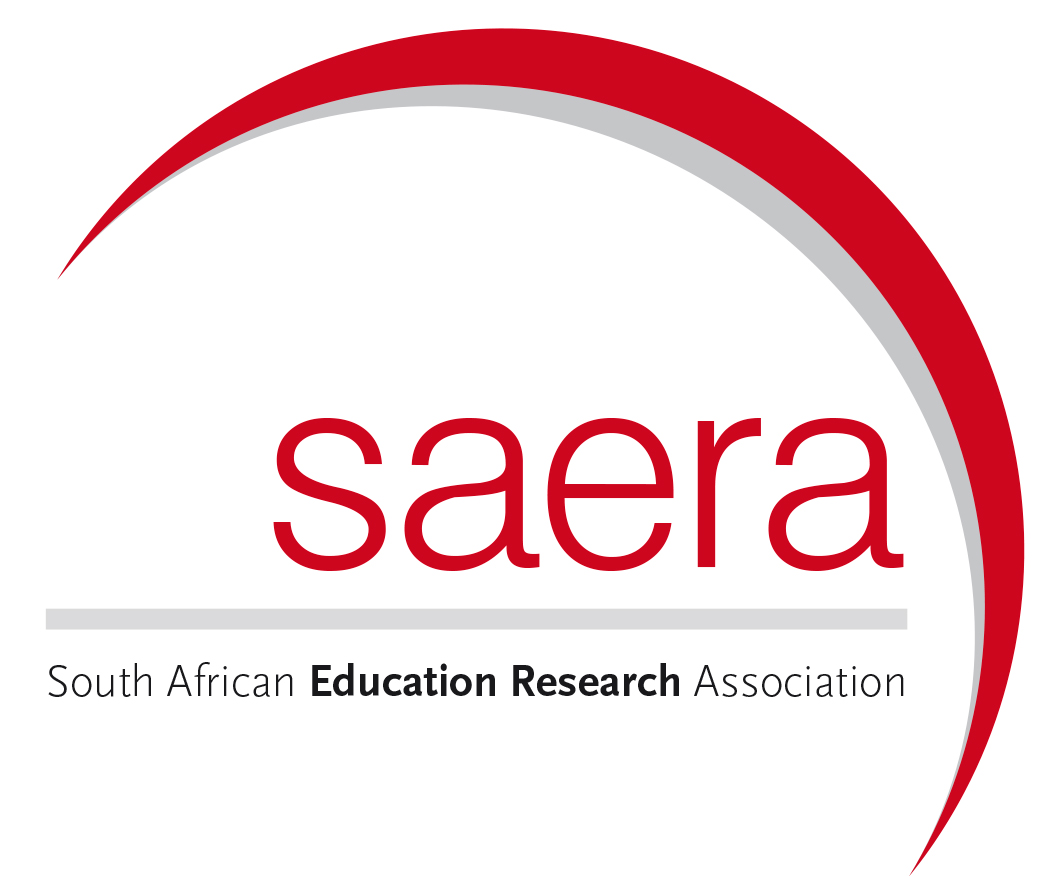INPAGE MENU
Overview
ISSN
2415-0991 (PRINT)
2519-5638 (ONLINE)
Focus and scope
Transformation in Higher Education is a journal that recognises higher education as an ever-changing, politically charged, and highly contentious space. By capturing, debating, and challenging higher education in all its different nuances, this journal aims to disseminate innovative and evidence-based research. Original contributions that deal with national and international universities, universities of technology, and Technical and Vocational Education and Training Colleges are welcomed. Preference will be given to submissions that bring the material realities and theoretical aspirations for learning, teaching, research, and community engagement into sharp focus. This includes transdisciplinary, multidisciplinary, and interdisciplinary engagements that address contemporary issues in higher education contexts as well as conceptual-philosophical and empirical works addressing matters that could lead to the intellectual advancement of higher education as a discipline and field.
Broader topics, related to the transformation in/of higher education, could include the following:
- The role and function of higher education;
- The nature of knowledge and learning;
- Coordination and mechanisms between society and higher education; and
- Higher education of and the integration thereof into a particular society or country.
Historic data
AOSIS launched Transformation in Higher Education in 2016 in the light of the need for another journal that addresses questions concerning higher education and its rapidly changing nature. This need is not limited to the South African context, but includes the need for more rigorous engagement with the internationalisation of higher education discourse. The internationalisation of higher education holds the promise of promoting global citizenship, fostering an increased understanding between cultures and cultivating intellectual scholarship across borders to collectively work towards addressing shared societal issues. In this sense, the internationalisation of higher education has a potentially transformative agenda.
Publication frequency
The journal publishes one volume each year. Articles are published online when ready for publication and then printed in an end-of-year compilation. Additional collections may be published for special events (e.g. conferences) and when special themes are addressed.
Open access
This is an open access journal which means that all content is freely available without charge to the user or his/her institution. Users are allowed to read, download, copy, distribute, print, search, or link to the full texts of the articles, or use them for any other lawful purpose, without asking prior permission from the publisher or the author. This is in accordance with the Budapest Open Access Initiative (BOAI) definition of open access. Learn more about the journal copyright, licensing and publishing rights.
Review process
The journal has a double-blinded peer review process. Manuscripts are initially examined by editorial staff and are sent by the Editor-in-Chief to two expert independent reviewers, either directly or by a Section Editor. Read our full peer review process.
Membership
AOSIS is a member and/or subscribes to the standards and code of practices of several leading industry organisations. This includes the Directory of Open Access Journals, Ithenticate, Open Access Scholarly Publishers Association, CrossRef, Portico and the Committee on Publication Ethics (COPE). Learn more here.
DHET Accreditation
The journal is DHET accredited because it is listed on the following approved indexing services:
- DHET SA List
- Directory of Open Access Journals (DOAJ) - DHET Approved Index from 2021
- SCOPUS
Indexing Services
All articles published in the journal are included in:
- AGORA
- Directory of Open Access Journals (DOAJ)
- EBSCO Host
- ERIC
- GALE, CENGAGE Learning
- Hinari
- ProQuest
- SCOPUS
We are working closely with relevant indexing services to ensure that articles published in the journal will be available in their databases when appropriate.
Archiving
The full text of the journal articles is deposited in the following archives to guarantee long-term preservation:
- AOSIS Library
- Portico
- SA ePublications, Sabinet
- South African Government Libraries
AOSIS is also a participant in the LOCKSS (Lots of Copies Keep Stuff Safe) initiative. LOCKSS will enable any library to maintain their own archive of content from AOSIS and other publishers, with minimal technical effort and using cheaply available hardware. The URL to the LOCKSS Publisher Manifest for the journal is, https://thejournal.org.za/index.php/thejournal/gateway/lockss. Please inform us if you are using our manifest as we would like to add your name to the list above.
Journal Impact
A journal's Impact Factor was originally designed in 1963 as a tool for libraries to compare journals, and identify the most popular ones to subscribe to. It was never intended to measure the quality of journals, and definitely not the quality of individual articles.
The Impact Factor is a journal-level measurement reflecting the yearly average number of citations of recent articles published in that journal. It is frequently used as a proxy for the relative importance of a journal within its field; journals with higher Impact Factors are often deemed to be more important than those with lower ones. Therefore, the more often articles in the journal are cited, the higher its Impact Factor.
The Impact Factor is highly discipline-dependent due to the speed with which articles get cited in each field and the related citation practices. The percentage of total citations occurring in the first two years after publication varies highly amongst disciplines. Accordingly, one cannot compare journals across disciplines based on their relative Impact Factors.
We provide several citation-based measurements for each of our journals, if available. We caution our authors, readers and researchers that they should assess the quality of the content of individual articles, and not judge the quality of articles by the reputation of the journal in which they are published.
|
Citation-based measurement |
2022 |
|
Journal Impact Factor, based on Web of Science (formerly ISI) |
n/a |
|
1.6 |
|
|
Source-Normalized Impact per Paper (SNIP), based on SCOPUS, Elsevier |
0.95 |
|
0.29 |
|
|
n/a* |
*Journal launched in 2016.
